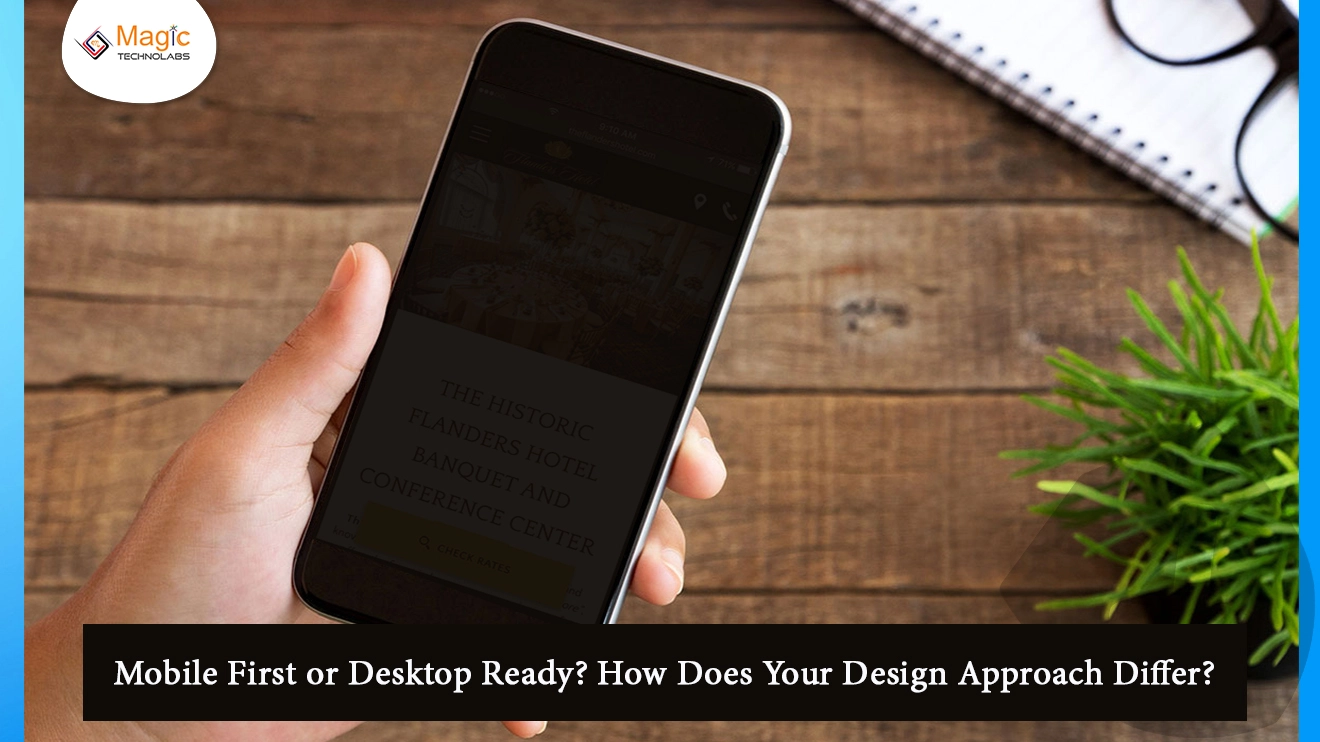In the realm of web and app design, the approach taken can significantly influence user experience. The two primary strategies are "Mobile First" and "Desktop Ready," each with its distinct characteristics.
Mobile First Design:
As the name suggests, a Mobile First approach prioritizes designing for smaller screens like smartphones and tablets before scaling up to larger screens. This strategy acknowledges the widespread use of mobile devices and aims to provide an optimal experience for users accessing the content on smaller screens.
Advantages of Mobile First:
1. Responsive Design: Ensures a seamless and responsive experience on various devices.
2. Faster Loading Times: Optimizes for mobile often leads to faster loading times on all devices.
3. Prioritized Content: Forces prioritization of essential content due to limited screen space.
Desktop Ready Design:
Desktop Ready, on the other hand, starts the design process with larger screens like desktops and laptops in mind. It assumes that users accessing the content are more likely to be on desktop devices.
Advantages of Desktop Ready:
1. Richer Visuals: Can take advantage of larger screen real estate for more elaborate visuals.
2. Detailed Navigation: Allows for more extensive and detailed navigation menus.
3. Comprehensive Content Display: Facilitates the presentation of comprehensive content without the constraints of a smaller screen.
How They Differ:
Design Prioritization: Mobile First prioritizes content for smaller screens, while Desktop Ready begins with a focus on larger screens.
User Experience Emphasis: Mobile First places emphasis on simplicity and essential content for on-the-go users, whereas Desktop Ready may include more features and elaborate visuals.
Development Process: Mobile First typically involves a progressive enhancement approach, starting small and building up. Desktop Ready often requires a responsive or adaptive design to accommodate smaller screens.
In conclusion, the choice between Mobile First and Desktop Ready depends on your target audience and their device preferences. Striking a balance or adopting a responsive design can cater to both, ensuring a versatile and user-friendly experience across various devices.
















